Part Analysis
| General Data | |
| Manufacturer (OEM) | CWT |
| Platform | CTF |
| PCB Type | Double-Sided |
| Primary Side | |
| Transient Filter | 4x Y caps, 2x X caps, 2x CM chokes, 1x MOV |
| Inrush Protection | 1x NTC Thermistor SCK-25150 (15 Ohm) & Relay |
| Bridge Rectifier(s) |
1x WeEn WNB2560M (600V, 25A @ 127°C)
|
| APFC MOSFETs |
4x (AC Rectification) + 2x Infineon IMW65R050M2H (650V, 27A @ 100°C, Rds(on): 62mOhm) &
1x Sync Power SPN5003 FET (for reduced no-load consumption) |
| APFC Boost Diode |
2x Vishay VS-3C10ET07T-M3 (650V, 10A @ 140°C)
|
| Bulk Cap(s) |
2x Nippon Chemi-con (420V, 770uF each or 1,540uF combined, 2,000h @ 105°C, KHE)
|
| Main Switchers |
4x Alpha & Omega AOTF29S50L (500V, 18A @ 100°C, Rds(on): 0.15Ohm)
|
| IC Driver | 2x Novosense NSi6602 |
| Digital Controller | 2x Texas Instruments UCD3138A |
| Topology | Primary side: Semi-Digital, Interleaved Bridgeless PFC, Full-Bridge & LLC Resonant converter Secondary side: Synchronous Rectification & DC-DC converters |
| Secondary Side | |
| +12V MOSFETs | 12x |
| 5V & 3.3V | DC-DC Converters: 4x UBIQ QN3107M6N (30V, 70A @ 100°C, Rds(on): 2.6mOhm) |
| Filtering Capacitors | Electrolytic: 5x Nippon Chemi-Con (@ 105°C, W) 3x Rubycon (4-10,000h @ 105°C,YXJ) 3x Rubycon (6-10,000h @ 105°C, ZLH) Polymer: 21x Nippon Chemi-Con, 21x FPCAP |
| Supervisor IC | IN1S3151-SAG |
| Fan Controller | Nuvoton M032LD2AE |
| Fan Model | ZIC ZFF132512H BAX3 (135mm, 12V, 0.45A, Fluid Dynamic Bearing Fan) |
| 5VSB Circuit | |
| Rectifier |
1x Leadtrend LD8926AA1 Synchronous Rectification IC
|
| Standby PWM Controller | On-Bright OB2365T |
This is a new platform by CWT with the codename CTF. The PCB is large enough to accommodate all required parts, including two parallel main transformers, and has a unique design. Since there wasn’t enough space for a large one, CWT had to use two smaller ones in a parallel configuration. Besides better space management, such a configuration can lead to lower power losses.
Despite the unit’s high capacity, the heatsinks are not large, and this troubles me a bit since the fan speed profile, in my sample at least, is too relaxed. Unfortunately, I don’t have the time or the mood to perform a complete thermal analysis, install 20-30 thermal probes inside the PSU in key components, and run an extended full load test at 45-50C to find out whether the fan speed profile is tuned correctly or this is a golden sample. The platform’s high efficiency minimizes energy losses, which greatly helps since the thermal load that the cooling, both passive and active, has to handle is lower. But in any case, you have to be careful, especially with a PSU that has a 12-year warranty.
The 12V rail is generated through 12x FETs installed on the PCB’s top side and cooled down by some heatsinks. The same rail also feeds a pair of DC-DC converters, which generate the minor rails. Fully desoldering this platform makes it easier to identify all its parts, but I didn’t want to do that since I need it to remain fully operational for future testing.
The build quality is high; the same goes for the soldering quality. CWT used Japanese caps everywhere, both electrolytic and polymer, and the bulk caps have enough combined capacity, at 1540uF, to provide a longer than 17ms hold-up time. Other high-end 1600W PSUs have even larger bulk caps; for example, the Seasonic TX-1600 is close to 2500uF. In this MSI unit, a single NTC thermistor is used to suppress high inrush currents.
The cooling fan is by ZETA, which wins more ground as time passes, thanks to its decent quality and reasonable prices. When Hong Hua fans started to get expensive, ZETA won more customers. I must throw this fan on the Longwin machine to learn more about its performance.
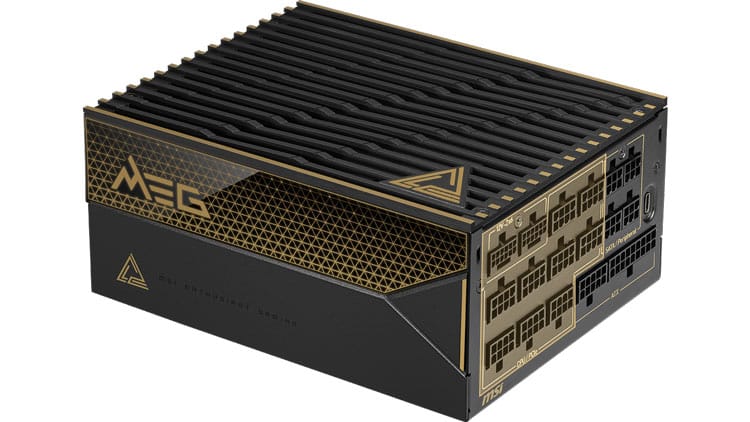
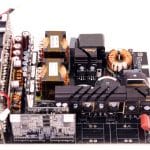
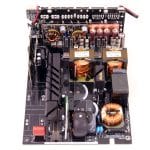
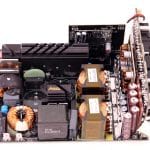
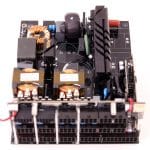
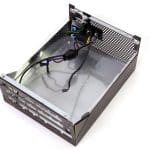
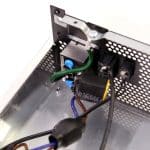
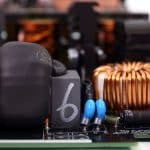
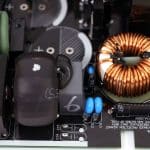
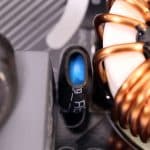
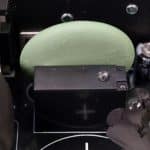
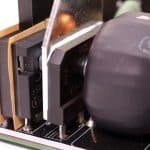

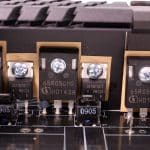
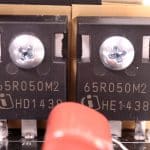
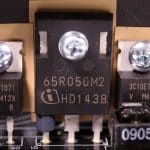

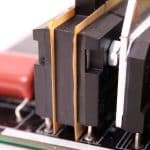
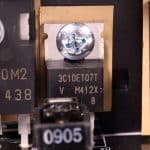
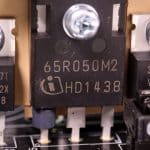
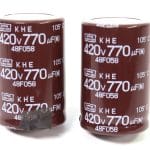
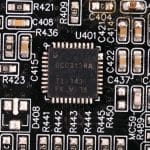
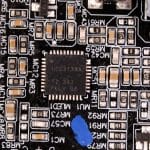
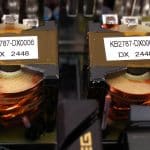
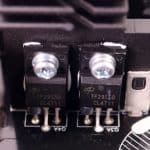

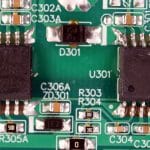
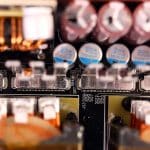
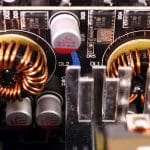
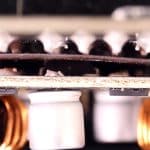
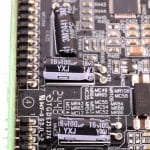
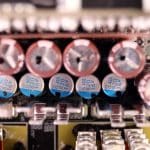
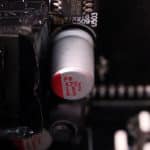
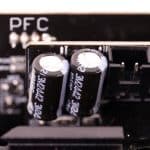


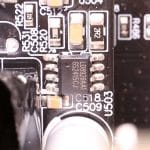
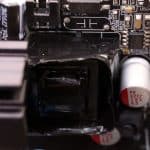

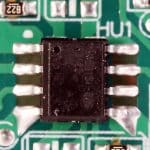
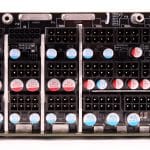
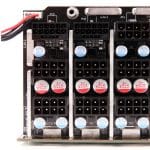
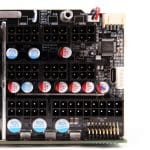
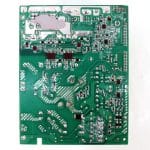
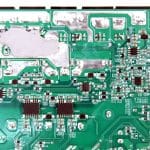
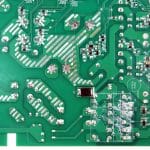
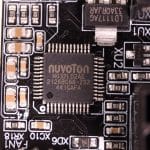
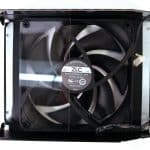
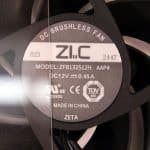
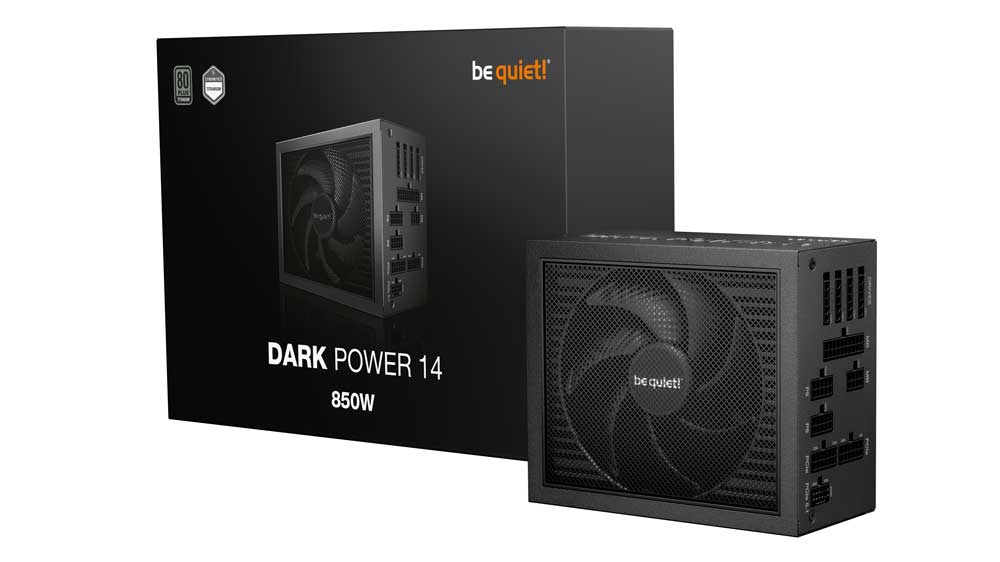

Why is it certified titanium if the 80+ requirements require 50% efficiency to be at least 96% at 230V? This unit only has 94+.
It is Cybenetics certified under >1450 different load combinations taking the average efficiency. 80 P only checks 4-5 different load levels.
be quiet! Dark Power PRO 13 1600W Compare to MSI – MEG Ai1600T
I’m building a new system and these are my 2 PSU that I like, I would like to find a review comparing these 2 power supply’s The only big difference that I see is the price .
I would go for the MSI unit
Thank you! But why there is no FSP Hydro Ti Pro in the comparison sheets anymore?
I didn’t use it in this review because it is a 1000W PSU. I used higher capacity PSUs for comparison.
Thanks for the great review of this! Would love to see the Corsair AX1600i included in the comparisons since I feel like that tends to be the benchmark for performance.
Yes, it is still the best performing PSU.
This power supply is fully customizable, including the fan curve, but the article doesn’t mention a word about it… If the fan doesn’t turn on until 810W, it would take 100 years for the lubricant in the dual-bearing to dry out. Dumb review—doesn’t cover the key features.
Seriously!!! I evaluated everything, and you came here to write about the fan curve, a software thing. It is easy to see who is the dump here.
Nobody is saying that you’re stupid—you did a great job and deserve respect. It’s just that this is an incomplete review with some not entirely accurate conclusions.
For example, the statement “Very loose fan speed profile that makes me worry” doesn’t make sense because everything can be adjusted in the software! Or “No fan failure protection”, when you actually have monitoring and temperature protection.
It’s funny that someone even reacted to my post at all! ))))
Thankfully you didn’t, I am relieved now. You called my review dump but I am not stupid ok. Thank you for clarifying that! Although I feel a bit stupid just by replying to your comment, but this is another story.
The PSU should have a proper fan speed profile from DEFAULT! Most users won’t even bother connecting it to their systems. This means that the fan speed profile should be OK WITHOUT a user fixing it!
Do you even know what fan failure protection means? If you don’t, please google it first and then write your thing.
The problem with internet is that anyone can express his/her opinion by insulting people like me who work their asses to deliver such content. If you dislike my conclusions and disrespect my work, feel free to become a PSU reviewer and send me the links to your reviews to comment!
By the way, the one who reacted to your post is the idiot who wrote this review.
Please Aris, let the noobs live their life. No need to waste your time for those idiots.
I bought one and after checking it out I ordered two more to replace in the other computers I use. It’s one of those products that you have a great pleasure of buying and using.
This PSU is mediocre at best. And you can realise it just by looking at its weight. Good PSUs are heavy. High-end 1600w PSU can’t weight 2.8 kg. Look at Seasonic TX 1600, 5.8 kg!
Side question why would you want a 160pw psu for a 5090?
1600W? For 2x 5090s
So let me get this straight…in a PSU segmentation that offers competitive products from $300 & up, this $700 MSI PSU offers:
-A cheap dual ball bearing fan that will get louder over time as the lube dries up
-Hot temps starting at 950W DC power & up
-No fan protection for the cheapo dual ball fan
-Unimpressive voltage regulation for CPU core, RAM, & SATA drives
-Higher voltage ripple for GPUs & CPUs versus competitive options
-Higher voltage ripple for CPU core, RAM, & SATA drives at 80% & 100% versus competitive options
-Weaker overall 115V performance than NZXT’s PSU that costs half as much
Yup, this PSU is poised for greatness…
Thanks for the review. I see in the review about the Enermax Revolution D.F.X. 1650W. Where is its review?
I don’t even remember if I reviewed this one 🙂 You can find its full data on Cybenetics in any case.
When I saw the fan curve of this PSU from the Cybenetics report, I wasn’t expecting such a poor cooling solution for this PSU! With far better built (and cheaper!) noise-optimized ATX 3.1 PSUs in the market like the Seasonic Prime Noctua TX-1600 or the Cooler Master Silent X Platinum 1300, I really don’t see the point in throwing $699 USD for a PSU that doesn’t even come with fan failure protection.
Such a dissapointing PSU from MSI…
NZXT with price around $369 (it’s around $329 in Indonesia) outclassed MSI MEG A1600T with its price around $700
Really, MSI?